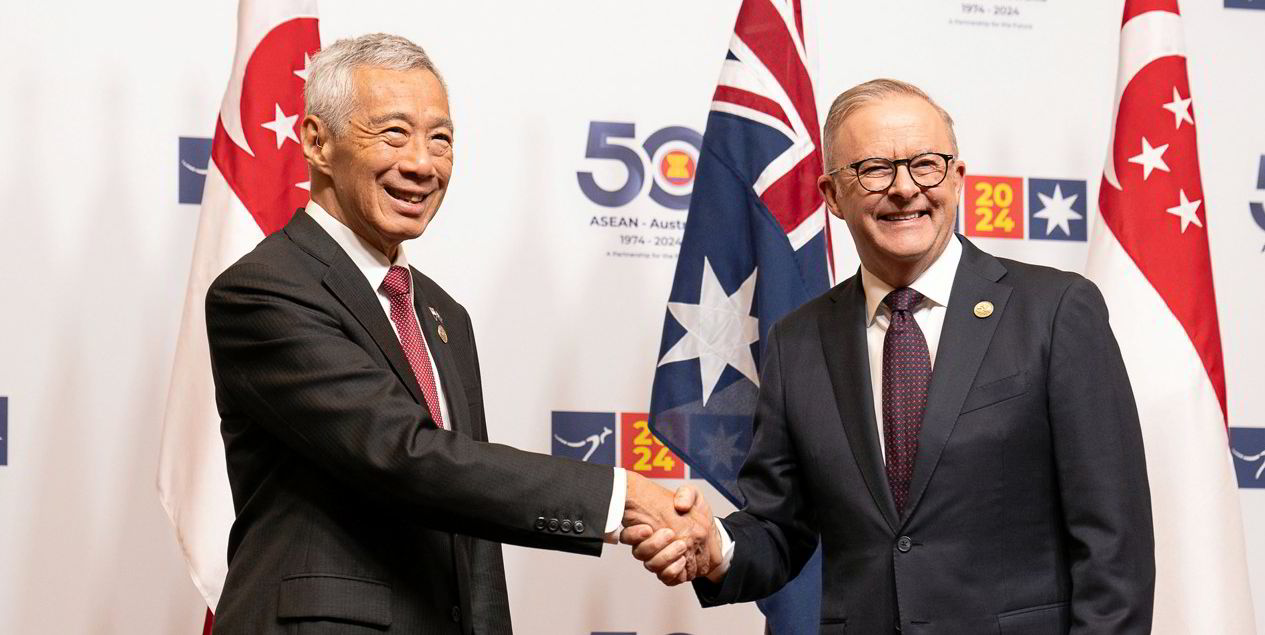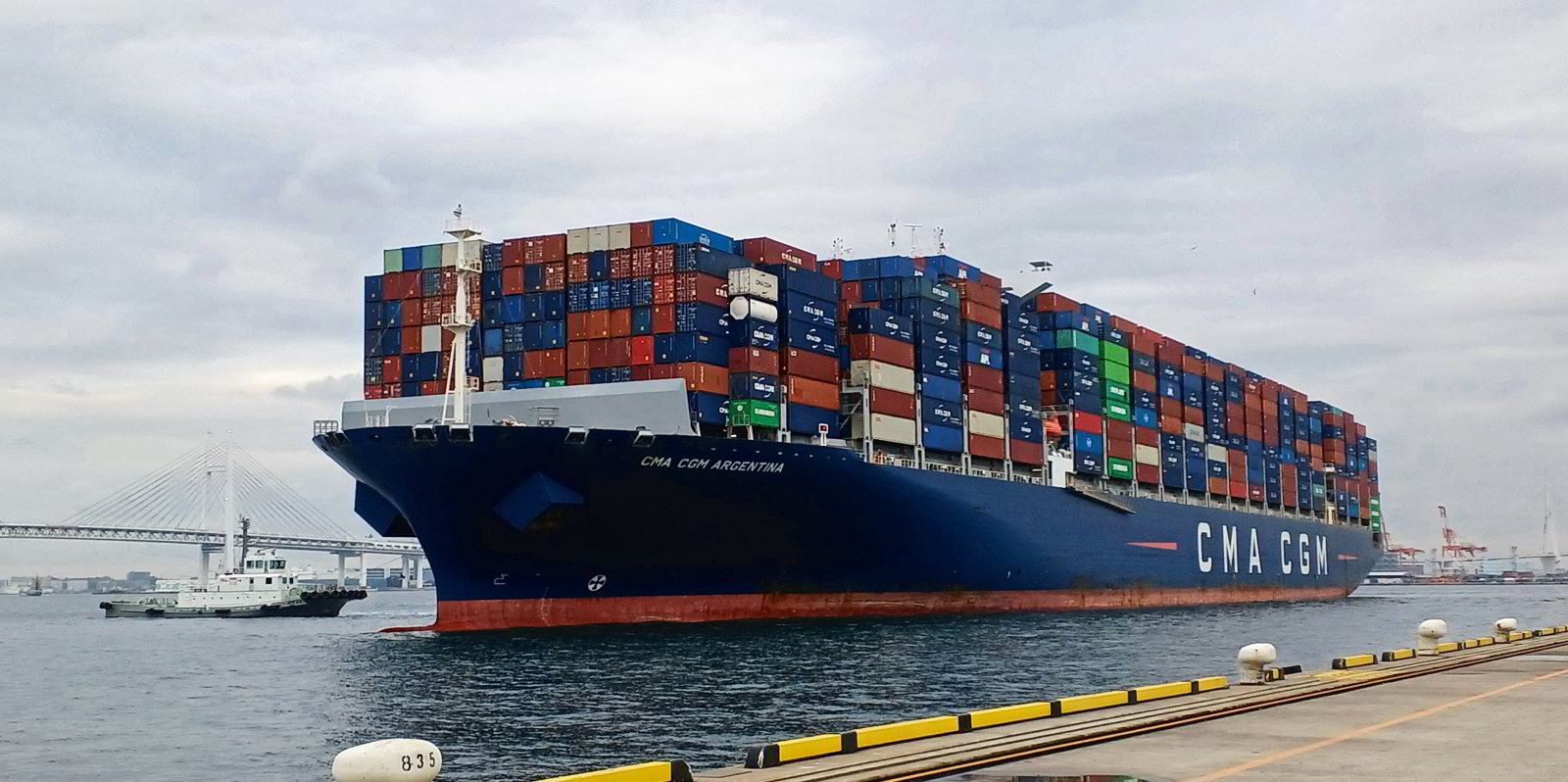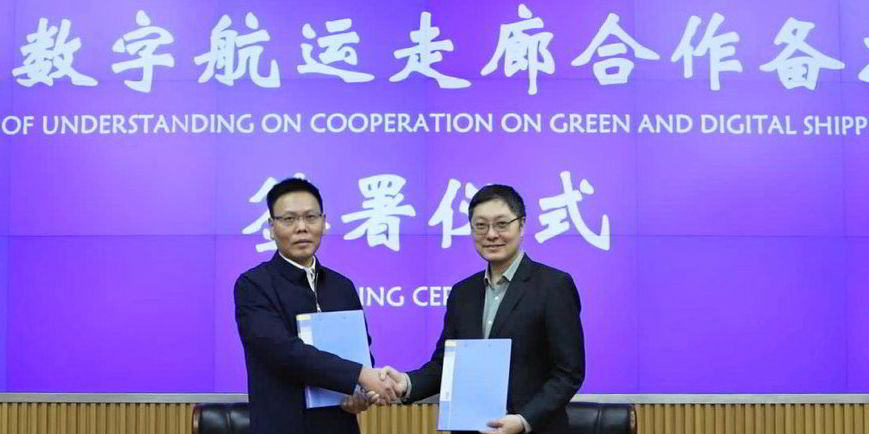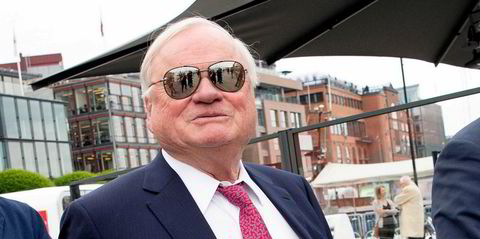Singapore and Australia have agreed to collaborate on establishing a green and digital shipping corridor (GDSC) between the two countries.
A memorandum of understanding to formalise the agreement was signed on Tuesday morning during an annual leaders meeting between the prime ministers of Australia and Singapore.
Under the MoU, both countries will work with interested partners to explore opportunities to develop zero or near-zero greenhouse gas emission fuel supply chains, including building necessary infrastructure, formalising standards, and developing and implementing the training requirements.
The MoU will also explore using digital information exchange to enable efficient port clearance, port calls and flow of vessels between Singapore and Australia and build collaboration between the Maritime and Port Authority of Singapore, Australian federal, state and territory governments, as well as industry stakeholders.
Australia holds great potential to be a key producer of green marine fuels, while Singapore is the world’s largest bunkering and transshipment hub port.
The two countries said the collaboration is expected to help “catalyse the development and uptake of zero or near-zero greenhouse gas emission technologies” and the adoption of digital solutions to “enhance the resilience, efficiency and sustainability of global maritime supply chains”.
“This is an important partnership for a sustainable global maritime future,” said Catherine King, Australian minister for infrastructure, transport, regional development and local government.
“Australia is committed to supporting the decarbonisation of international shipping, which plays an important role in economies across the globe.
“This collaboration will place Singapore and Australia among the leaders in contributing to the international maritime community’s objectives, while supporting Australia’s exports of clean renewable energy,” King said.
Singapore has been a major driver of green corridors within Asia and between the region and US and European ports.
Late last year, it teamed up with six ports in Japan to develop the first such corridor between the two major Asian shipping nations.
The ports were those in Tokyo, Yokohama, Kawasaki, Osaka, Kobe and Nagoya.
Before that, it agreed on a similar tie-up with the Chinese port of Tianjin, the largest port in northern China.
At the COP28 in Dubai, Singapore unveiled a partnership strategy for a GDSC with the Port of Los Angeles and Port of Long Beach, following the signing of a MoU by the trio during Singapore Maritime Week last year.
Singapore also has a GDSC under development with the Port of Rotterdam in what has been described as the world’s longest green corridor.
In late September, the two ports said they aim to reduce greenhouse gas emissions on the proposed corridor by an initial 20% to 30% by 2030.






